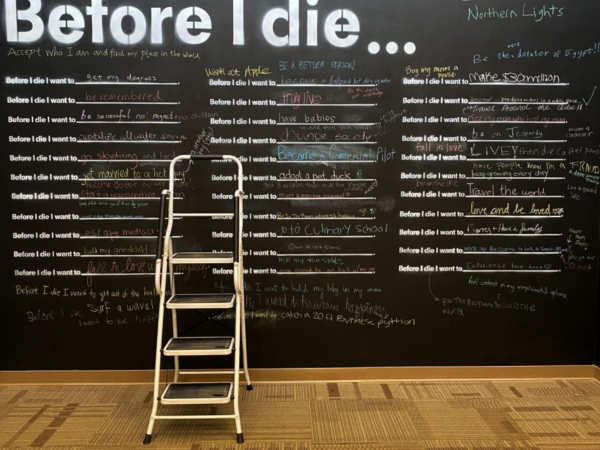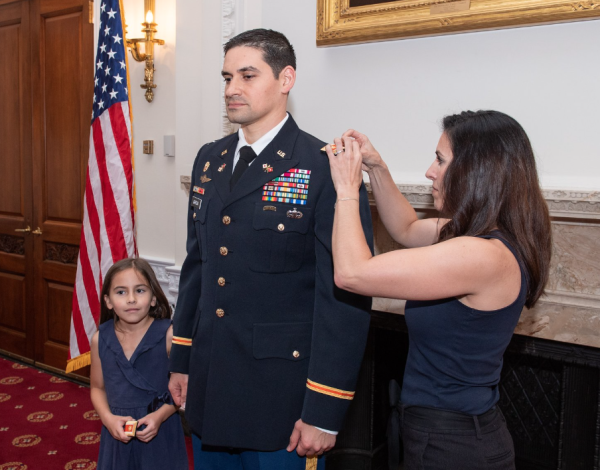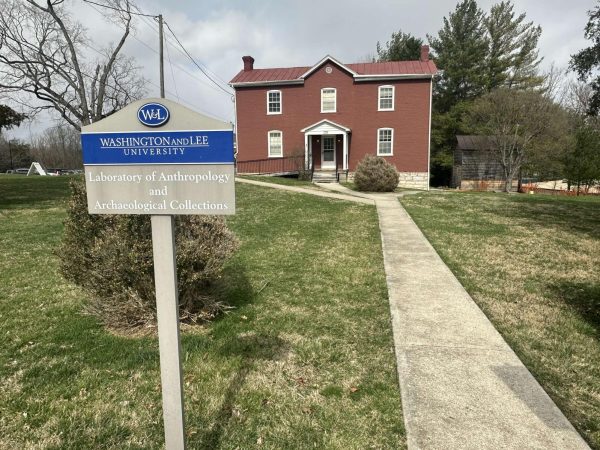Photography exhibit explores racial profiling through artifacts
May 19, 2021
“Profiled” by Ken Gonzales-Day exhibits in Washington and Lee’s Staniar Gallery April 26 to May 28.
In the large-scale photography exhibit, LA-based artist and art-historian Gonzalez-Day looks to the past to understand the present.
He scoured established museum collections such as the Smithsonian and J. Paul Getty to photograph portrait busts in an attempt to examine the material legacies of slavery and colonialism.
“The ‘Profiled’ series began while I was a visiting fellow at the Getty Research Institute where I set out to photograph every portrait bust in the collection as a way of thinking about Los Angeles, whiteness, historical memory and museum display,” Gonzalez-Day said.
Gonzalez-Day studied the profile as a “favorite site” for moral and character evaluations in history, especially after the Enlightenment-era publication of Essays on Physiognomy.
Physiognomy, the debunked belief that certain facial characteristics indicate a person’s ethnic origin or moral character, laid the foundations for racial positivism according to Gonzalez-Day.
“I hoped my research might help me to better understand how historical models of bias and discrimination continue to resurface in contemporary culture, from police shootings and racial profiling to attitudes about immigration, gender equity and other aspects of human difference,” he said.
In a December 2020 interview with Gonzalez-Day, art history professor Andrea Lepage and art history major Darcy Olmstead, ‘21, posed a question about the importance of this exhibit for this campus.
“Are there conceptual strategies from your practice that you think would be particularly helpful to employ as we investigate our own institutional archive?” Lepage and Olmstead asked. Gonzalez-Day expressed the complexities of educational outreach and the limitations of using lots of text to explain history to visitors or members of an institution.
“You have to assume on some level that there is no text at all. Broad questions, simple themes. I tried to encourage [student do-cents] to walk viewers through the process of looking,” he said. “What do you see? How big is it? What’s it feel like? What did you first see in the room? What’s it next to? It’s a very simple beginning, to ask contextual questions to help people begin to acknowledge the materiality of art and of the space they’re in.”
Gonzalez-Day asked his audience to think critically about what they see on a campus and its implications.
“Who’s in this room? Who’s not in this room? Who’s on the campus? Who’s not on the campus? Who’s here but we can’t see them? Who’s not present whose labor is here?”












